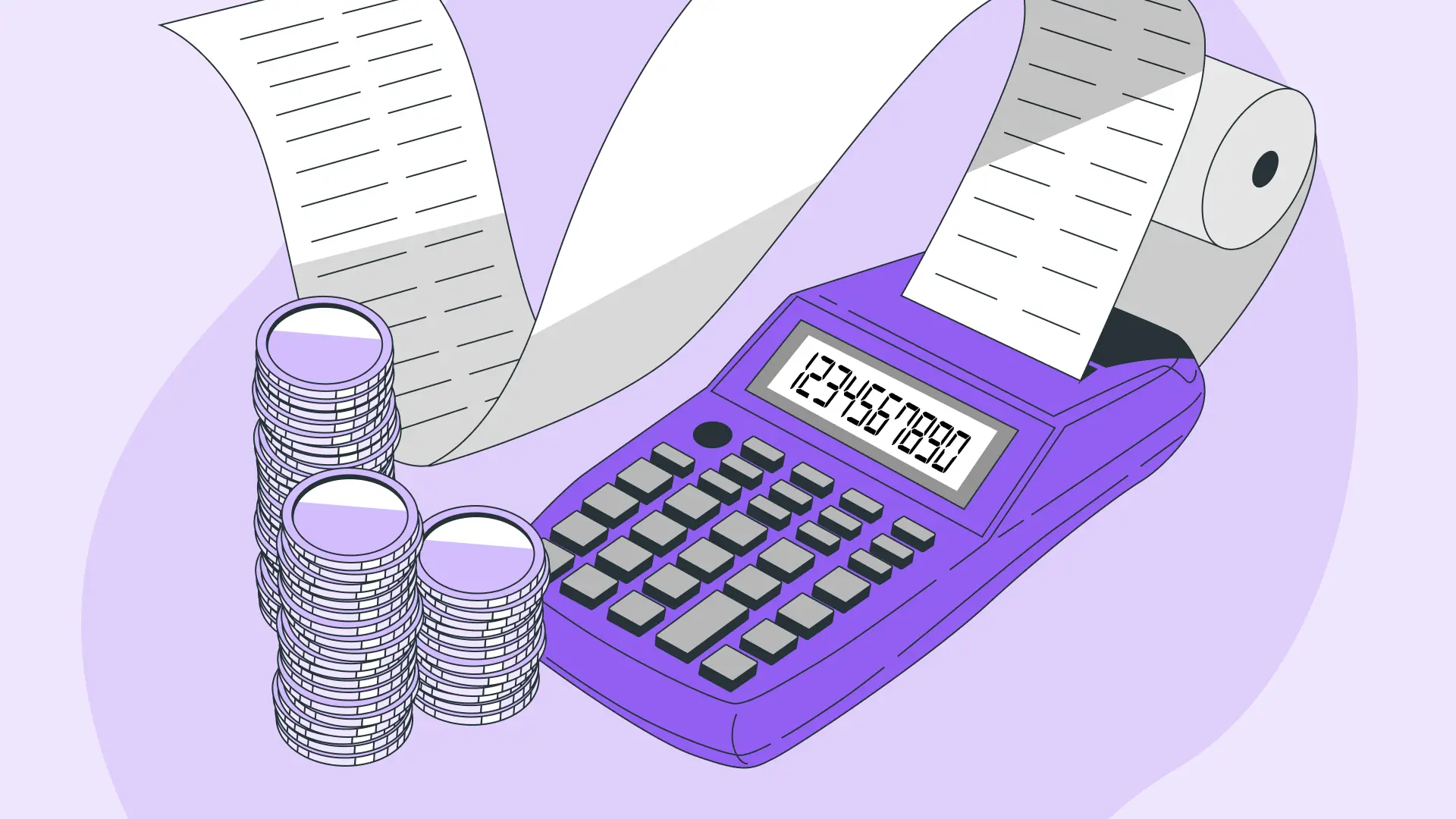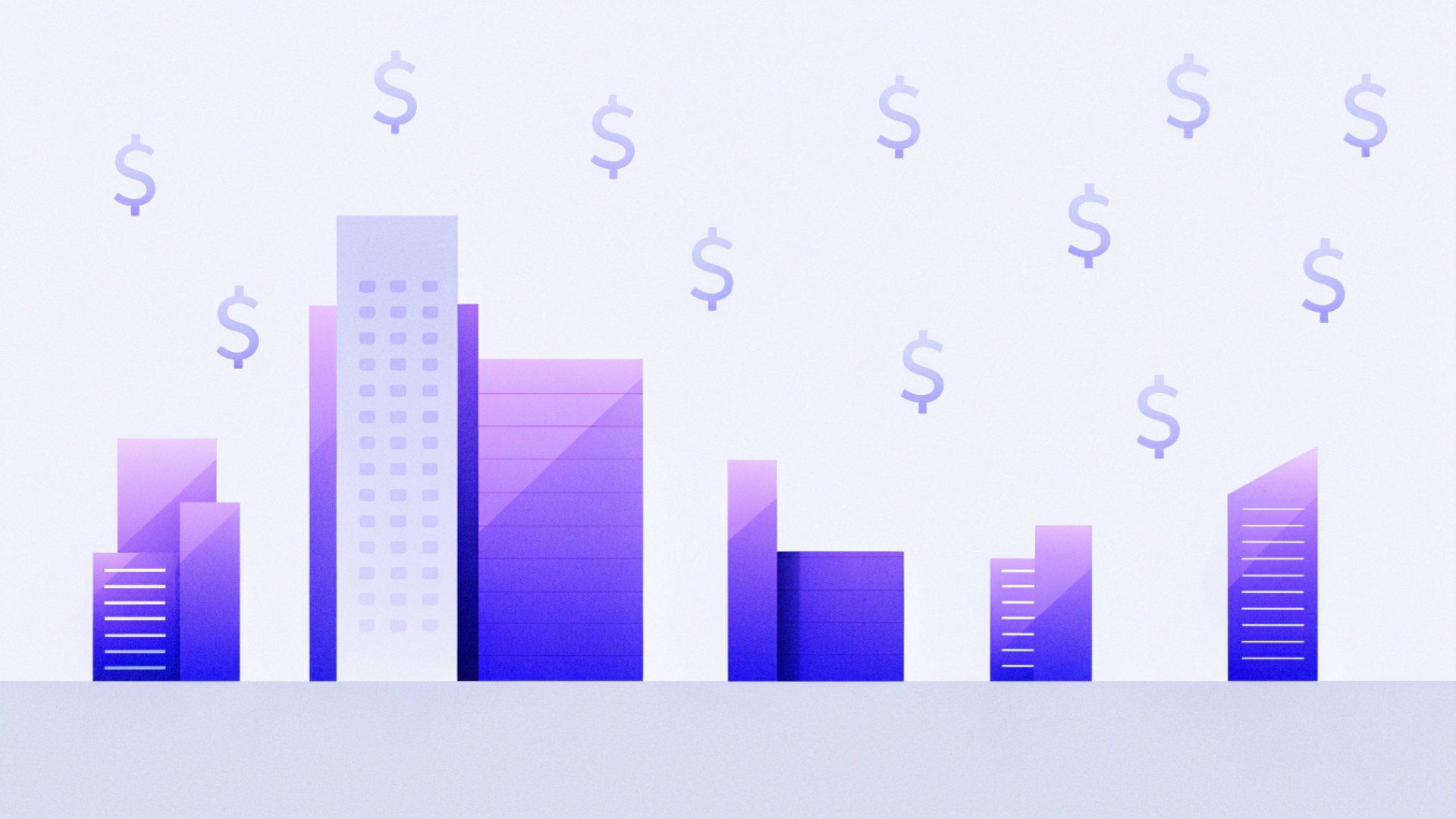How software optimizations can help you reduce your burn rate

Take a self-guided tour of the platform.
See why Vertice is trusted by top procurement leaders.
Organizations are experiencing exponential growth in their SaaS stacks — and this isn’t limited just to big-name transnationals or enterprises with large workforces.
Instead, ventures of all scales are spending more each year to power their every business function with a suite of digital tools. Marketing, sales, HR — they’ve all gone digital — and with these new developments, you could be experiencing cash burn like never before. But how is this happening?
Broadly speaking, digital transformation efforts are made to modernize, streamline, and reduce the time and financial costs associated with repetitive manual tasks. If not correctly managed, however, many businesses will experience high rates of cash burn from their SaaS purchases.
Here, we’ll unpack what cash burn is taking place across your software portfolio and how SaaS optimization could transform your spending for the better.
What is cash burn rate?
‘Cash burn rate’ refers to how fast a company is spending its available funds. The term is often used as a metric to assess a business’ financial health.
Essentially, a low cash burn rate means that the company is spending less money, whereas a high cash burn rate indicates that it’s spending more and may be risking profitability.
How to calculate cash burn rate
Cash burn rate is typically calculated on a monthly basis, though it can also showcase burn within a specific quarter or whole financial cycle. Monthly burn rate is calculated by dividing your net cash outflow during a specified period by the number of months within the period.
The cash burn rate formula is as follows:
Cash burn rate = net cash outflow / number of months in period.
This will provide you with an average monthly burn rate. For example, if your organization starts the fiscal year with $1 million in cash, and finishes with $500,000, the monthly cash burn rate would be $41,667.
Why is it important to reduce burn rate?
There are many reasons why a finance leader may want to reduce their organization’s burn rate. Most obviously, you’ll want to think about the financial health of the business.
Running out of money before achieving profitability or becoming overly dependent on external funding is a real danger if your profit slows. Reducing your cash burn rate helps to extend your business’ runway and avoid cash flow challenges that could emerge.
But aside from the obvious financial protections, other reasons for reducing burn rate include:
- Boosting investor confidence — burn rate is a key metric inspected by investors as a measure of how well a company is managing its finances. As cash burn creeps up, key shareholders in your business may begin to question the competence of decision-makers or could even withdraw funding.
- Improving resource allocation — trimming your burn rate will enable you to redirect the freed funds towards other business priorities. For example, if you’re saving money on some of your longstanding SaaS subscriptions, you may be able to re-invest this cash into other strategic priorities.
- Ensuring long-term growth and sustainability — reducing your cash burn rate helps to extend the runway for your business to achieve profitability, avoiding any cash flow challenges that could emerge. This supports financial resilience.
Your SaaS spend holds the key to reducing cash burn rate
Among the many ways that cash burn rate can be reduced, your software portfolio holds the key to some of the largest savings. But how can optimizing your software spend reduce your overall costs?
First of all, we need to consider SaaS costs in the context of your wider operational expenses.
SaaS costs are going up
It’s no secret that software costs are on the rise — even within smaller organizations, SaaS now makes up a significant portion of total spend. In fact, our data shows that as much as 26% of your business expenses could be related to software (SaaS and cloud) costs — that’s a staggering $1 out of every $8 you spend.
This is thanks in part to the growing challenge of SaaS inflation. Software prices across the board are rising at a much faster rate than general market inflation — resulting in many organizations overspending on their contracts.
The cost of software per employee per year has increased by 30% in just two years, and our data shows that only 1 out of 6 companies have the processes in place to fix and control these costs.
Many SaaS vendors are also paring back their service offering through reduced features, adjusted licensing terms or decreased resource allocation — all the while keeping prices the same.
This is known as shrinkflation, and it’s driving software costs up and putting companies of all sizes under increasing pressure to find cost-saving opportunities.
So you'd think that companies are trying to consolidate their tech stack to compensate? Quite the opposite - our spend insights show the average tech stack now consists of 132 applications, with an additional 13 tools added to the average company in the past year alone - resulting in a tech stack growth of 11% YoY.
Software outlay is significantly driving up your cash burn rate. This makes managing software spending a critical component of your long-term financial planning — to ensure healthy profitability and ultimately, the sustainability of your business.
Organizations are wasting their SaaS spend
It’s not only high software costs that could be forcing up your burn rate. The unnecessary or inefficient purchasing of SaaS licenses — also known as SaaS wastage — is a procurement challenge threatening many organizations, especially those that have proliferated their tech stacks in recent years.
SaaS wastage has numerous causes that could be affecting your organization. These include:
- Maverick spending — individuals or departments purchase software outside of established procurement channels and neglect those tools centrally procured for the same business objective.
- Lack of employee training — employees may underutilize the SaaS tools provided by the organization due to a lack of proper training on how to effectively leverage these tools.
- Redundant and duplicate tools — purchases made without visibility on the wider portfolio often result in overlapping software functionality or several licenses being purchased for the same platform, driving up spend.
All in, wasted SaaS contributes to a higher cash burn rate and could undermine the strategic moves you’ve made to optimize costs in other areas of business. And the implications are wide-reaching. Our data shows that over one-fifth (21%) of SaaS tools go totally unused, and nearly half of all tools are either unused or underutilized.
.jpeg)
With such a degree of spending being wasted on SaaS, there’s a huge opportunity cost associated with a non-optimized portfolio.
But how exactly can you address the problematic SaaS unnecessarily driving up your burn rate?
Steps for optimizing software spend and reducing cash burn rate
There are a number of strategic moves you can make to optimize your SaaS spending and eliminate some of the cash burn taking place within your organization. And you won’t necessarily have to compromise on the software preferred by your workforce, either.
We’ve found that it’s almost always possible to take more value from your SaaS portfolio without trading in the tools you need most. To do so, you’ll need to understand and address some of the different ways your cash burn is continuing to rise.
Let’s take a closer look at some of the strategies to consider.
Ensure software is being effectively utilized
As we’ve discussed, wasted SaaS contributes significantly to a business’ cash burn rate. This is mostly due to organizations underutilizing the subscriptions purchased, which incur large recurring payments that could be optimized.
In some SaaS verticals, such as sales software, average underutilization reaches as high as 52%.
Underutilization is especially prevalent within small to medium-sized enterprises - though not exclusive. Typically, this is because of the constraints on resources and expertise. Without dedicated IT personnel or training programs to support best practices, smaller teams may be resistant to new systems, more likely to use their own preferred tools, or too under-resourced to invest in efficient new procurement.
To mitigate the issue of SaaS underutilization, there are a range of approaches you can take. You’ll want to analyze usage data across the business using discovery tools and real-time analytics to identify underutilized tools. This data can then be leveraged to inform decisions for new procurement and adjustments to existing contracts, so that you’re not paying for licenses or seats that you don’t use.
This way, you can minimize any SaaS wastage that could be driving up your cash burn rate.
Centralize new SaaS procurement
If your SaaS procurement process isn’t following an established, repeatable system for each new purchase, you could be leaving your organization open to maverick spending and the spread of shadow IT.
This will drive up the cash burn eating into your IT budget. Introducing a centralized procurement process will help you maintain visibility on your existing portfolio and the acquisition of any new tools, setting your organization up for streamlined SaaS governance.
A well-oiled procurement process prevents instances of maverick spending and ensures that each new tool aligns with business goals, reducing unnecessary expenditure. In turn, this will reduce your cash burn rate. An automated procurement solution can help you obtain total visibility into new SaaS acquisitions and spending, identify further cost-cutting opportunities, and streamline your approval process.
In time, this will make your SaaS procurement a seamless workflow and reduce cash burn.
Rightsize your SaaS stack
Overhauling your SaaS procurement will help ensure that all future software is properly assessed, approved, and purchased for the best possible price — but there could still be tools in your existing stack contributing to wasted spend.
Conducting a full review of these applications is a vital step in identifying redundancies and pushing down your cash burn rate. This process is known as application rationalization — which involves assessing the necessity, efficiency and value delivered by each tool in your portfolio.
Once a full audit has been made, you’re free to make informed decisions regarding whether to cancel, condense, or retain the subscriptions that make up your stack.
Application rationalization helps to trim SaaS wastage and decrease burn rate by eliminating unnecessary spending. It does so by:
- Reducing overprovisioning
- Highlighting instances of redundant or duplicated tools
- Identifying shadow IT and maverick buying taking place
Rationalization is an important step to take even if you don’t yet use a huge number of tools, as this is likely to change as you scale.
Optimize your software spending with Vertice
While it’s no quick process, organizations both small and large need to do more to optimize their software portfolio and bring their cash burn rate back under control.
This is where Vertice comes in.
Our SaaS management platform helps you discover and monitor all SaaS subscriptions, pending renewals, and cost-saving opportunities that might go unchecked.
But that’s not all we do.
Our experienced team of SaaS purchasers are also on hand to help you negotiate best-in-class terms and pricing for any tool you purchase or renew, ensuring your cash burn rate is kept to a minimum.
Companies of all sizes partner with Vertice to optimize their SaaS spending and management.
See for yourself how one company saved $155,000 on a single SaaS contract with Vertice, or alternatively get an idea of how much you could be saving on your own annual SaaS spend.
.webp)




![The Best SaaS Management Platforms for 2026 [According to Analyst Research]](https://cdn.prod.website-files.com/6640cd28f51f13175e577c05/687f56f6e55f8c0078341eb6_2025-06-Lionfish-Tech-Advisors-Report-01-1080x1080.webp)


.webp)